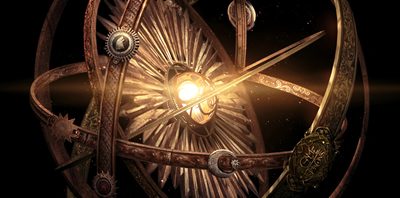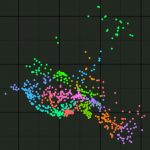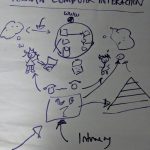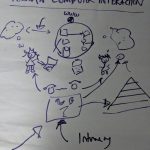Design is the science of the artificial
Herb Simon
[Part 12 of 12: 1) The science of the artificial 2) function, behaviour structure 3) form follows function, 4) no function in structure, 5) the medium is the message 6) types and schemas 7) aesthetics: attractive things work better 8) managing (great) expectations 9) colour 10) styles and standards 11) design solution spaces 12) conclusions]
Humans are overwhelmed with information both online and offline, a desire to understand the world around us, and for it all to make sense. So, we look for patterns and signs, and stories to reduce complexity into something more manageable.
At the same time we love to be surprised and delighted with variety, which is shown by the information users focus on most on social media and by our love of twist in the tale stories and thrillers. And, we use stories most of all to find meaning in our own lives and in everything around us.
We are moving into a most exciting time with the Internet of Things and our Digital Culture which is all part of the Connection Economy. We are only one click away from each other and our devices are all communicating with each other constantly. And, in this world we feel that we must be somehow always connected. It is difficult to disconnect for even a little while, for disconnection is our greatest fear.
Throughout this series we have looked at the various ways designers can manage our expectations and give us cues to manage how we behave with the technology before us. We have even see how designers can manage their own information overload with types and schemas. But, it seems to me that as we advance further into this digital landscape, today, the designer’s job is to now to make sure that we harness the power of technology in the right way. In the past, society was formed by technological advance, and we were just carried along with it regardless of our opinions.
We need our designers to design for the good, to protect humans from even more overwhelm and to support us as we work, and in the same way that a good design solution can come from constraints and boundaries, we need these online. Feedback with care: Hey you’ve been online for hours now, go to bed, we will all still be here later.
Designers are change agents whose job is to make the world easier for us to live in offline and online. Let us all learn to design for that – an easier world for us to live in.







One comment